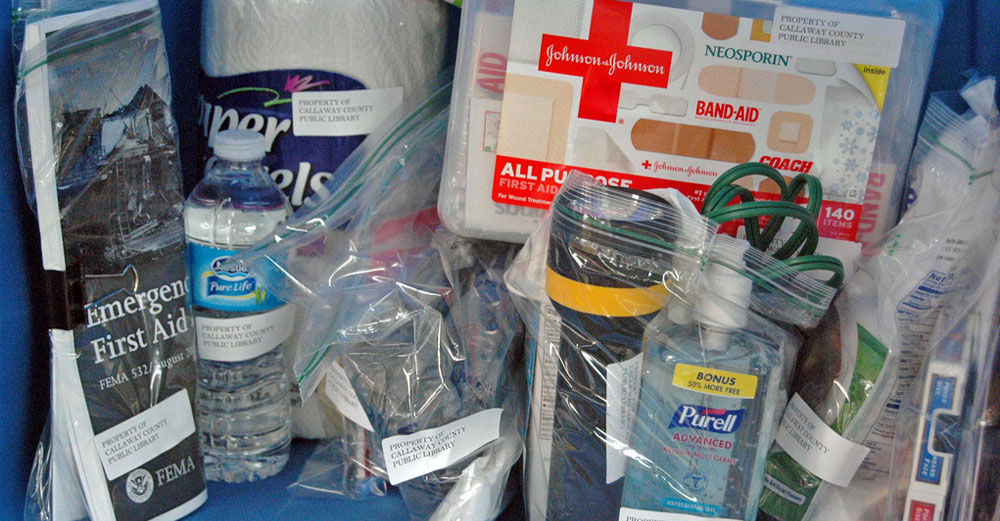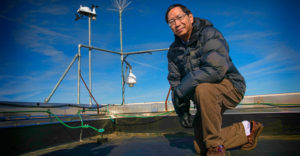
Whatever news station you flip to these days, there seems to be coverage of some sort of disaster. Whether it is a hurricane, flood, or fire, many things can happen that could change lives in a heartbeat. That just means that preparedness shouldn’t be left out in anyone’s daily life. September is deemed National Preparedness Month, and it is set up to help make people aware of the ease and necessity of being prepared for emergencies and those moments when disaster strikes.
At SUNY, we take preparedness seriously. From the system level down to the campuses, there are many different protocols in place for emergency planning and disaster response. Seeing as the safety of our students and faculty is one of our top priorities, we strive to ensure our policies and plans are the most effective and up-to-date. Campuses are safe places most of the time, but occasionally emergencies do happen. By planning ahead, we can take the best course of action to keep ourselves safe.
Some specific actions to consider that can help you or your friends and loved ones:
- Enroll in your campus or community alert system (e.g., NY-Alert, Rave) so that you get timely messages about conditions on campus. Keep your contact info up to date.
- Learn how to perform CPR and First Aid. Many campuses offer opportunities, or you can reach out to the local American Red Cross or American Heart Association.
- Donate blood. Many times, there is a major need for blood during disasters, and every little bit helps.
- Take workshops on life safety and emergencies that may be offered at your campus, or even in your Res Hall. You can participate in all emergency drills, including fire drills. The NYS Office of Fire Prevention and Control has a series of publications addressing Campus Fire Safety.
- If you have special needs, be prepared to take care of yourself for a few days. Plan ahead to have adequate medication, food, and water on hand. Work with your campus disabilities office to make sure that you can remain safe during emergencies.
Preparedness has come to encompass both physical and cyber attributes. Our SUNY schools are taking new steps every day to stay ahead of such situations. For example, the University at Albany has started the College of Emergency Preparedness, Homeland Security, and Cybersecurity to meet the needs of communities and states all across the country. Upstate Medical Center provides education and clinical care for emergency and recovery situations. And there are many other initiatives across the system helping prepare our communities for any potential disaster or emergency.
But ultimately, during an emergency, one of the most important things you can do is pay attention to and follow directions sent in messages from trusted sources such as campus Emergency Management, Police, or Public Safety. Hopefully these resources can give you everything you need to get through any unexpected situation. As always, make sure you have take the steps to ensure you know the safety protocols on your campus!




yes great piece